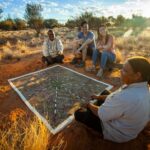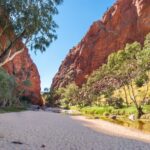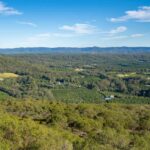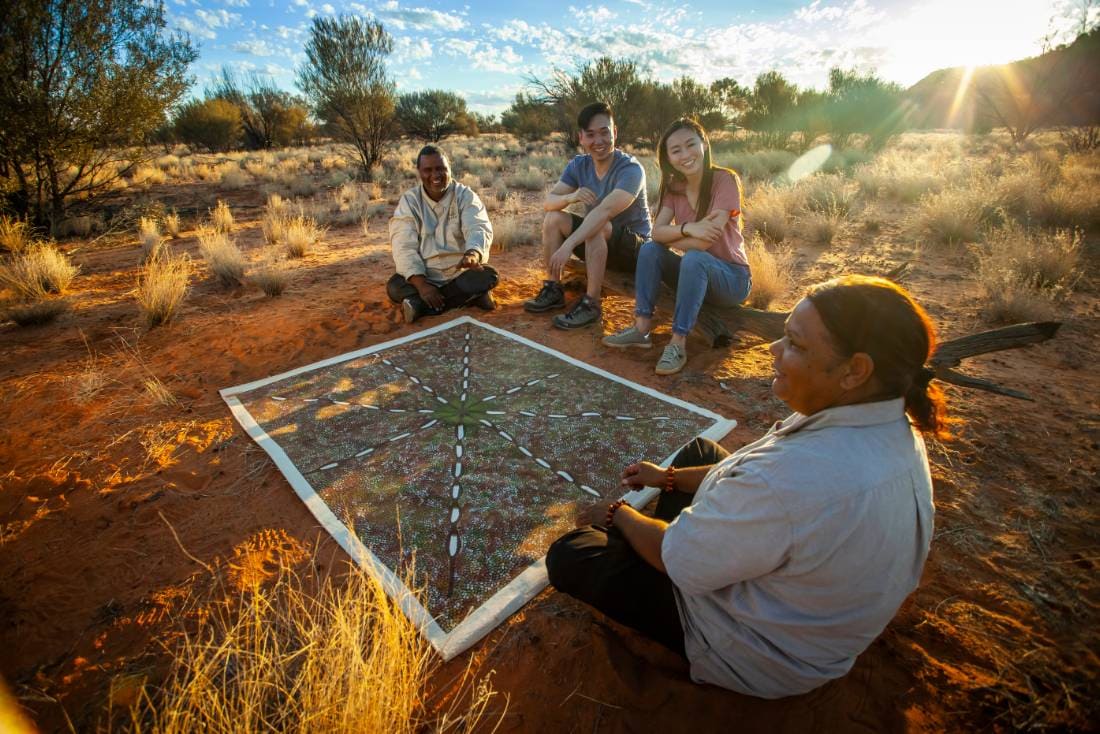
Australia’s rich tapestry of Aboriginal culture is a profound and intricate part of the nation’s identity. To truly appreciate this heritage, various sites across the country offer immersive experiences that connect visitors with the traditions, art, and stories of Aboriginal people. From stunning landscapes to culturally significant landmarks, the following destinations provide an unforgettable glimpse into the world’s oldest living cultures.

Cairns and the Great Barrier Reef Region
Cairns is a gateway to the Great Barrier Reef and is also surrounded by several Aboriginal communities eager to share their traditions. One notable experience is the Tjapukai Aboriginal Cultural Park, where visitors can engage in storytelling, dance performances, and traditional hunting techniques. The park provides a deep insight into the Tjapukai people’s history and their connection to the land. Additionally, tours to Daintree Rainforest, guided by local Aboriginal guides, offer an opportunity to understand the significance of the area and its flora and fauna. It’s a unique chance to see the land through the eyes of its traditional custodians, enhancing your experience with knowledge passed down through millennia. From art to dance, Cairns truly encapsulates the essence of Aboriginal Australian culture.

The Red Centre: Uluru-Kata Tjuta National Park
Uluru-Kata Tjuta National Park is arguably the heart of Aboriginal culture in Australia. Uluru, also known as Ayers Rock, is not just a natural landmark; it holds deep spiritual significance for the Anangu people. Visitors can take guided walks to learn about the rock’s cultural importance, its ancient rock art, and the stories that define the Anangu’s connection to the land. The park also offers experiences such as the “Field of Light,” an art installation that enhances the beauty of the desert at night. Whether exploring the sacred sites or experiencing the breathtaking sunsets, visiting this area provides profound insights into the belief systems and practices of Australia’s Indigenous peoples. The melding of nature and culture here is an unparalleled experience you should not miss.
Sydney: Culture Meets Urban Life
Sydney, known for its vibrant city life, is also a hub for Aboriginal culture. The city’s contemporary art scene is enriched by Indigenous artists who share their stories through diverse mediums. The Art Gallery of New South Wales features a significant collection of Aboriginal art, while the Barangaroo Reserve hosts educational programs that highlight the use of native plants and the history of the Gadigal people. Furthermore, the Sydney Harbour offers a chance to learn about the connection between water, land, and culture through guided boat tours led by Aboriginal educators. For a more personal experience, consider participating in the “Koori Cultural Experience,” which shares traditional craft-making and storytelling. Sydney showcases how traditional culture can flourish in a modern metropolis, making it a true testament to the resilience of Aboriginal heritage.

Kakadu National Park: Nature and Culture Combined
Kakadu National Park, a UNESCO World Heritage Site, is not only famous for its breathtaking landscapes but also for its Aboriginal heritage. The park is home to one of the longest continuous cultures in the world, with rock art that dates back over 20,000 years. Visitors can participate in guided tours that explore these ancient art sites, such as Ubirr and Nourlangie, where local knowledge is shared, delving into the stories and science behind the art. Cach๊ะ’s experience can also be heightened by bird watching, wildlife spotting, and joining traditional fire management practices. The park’s vastness offers a real sense of connection to the land, allowing visitors to venture through diverse ecosystems while learning about the traditional custodians of this remarkable area. A visit to Kakadu provides a unique blend of education and adventure, making it a must for anyone looking to understand Aboriginal culture.
Melbourne: A Cultural Melting Pot
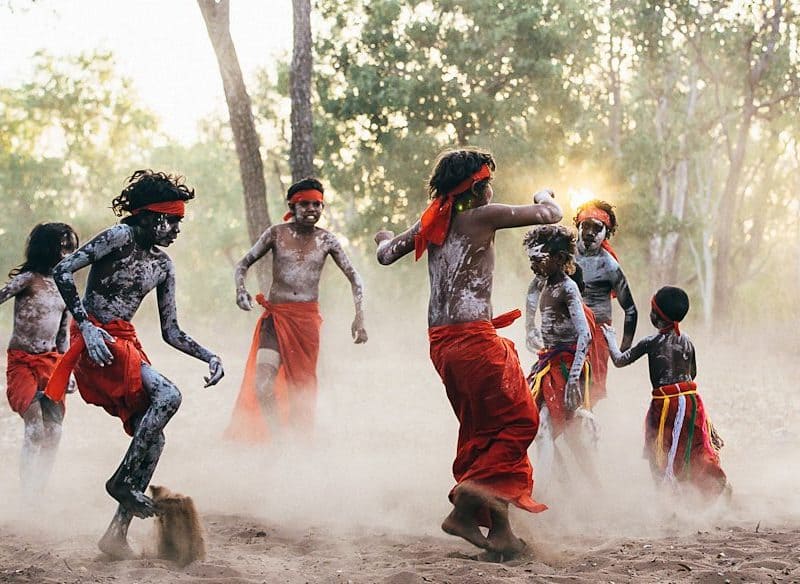
Melbourne is often regarded as Australia’s cultural capital, with a vibrant community that celebrates diversity, including its Aboriginal roots. The city is host to numerous galleries and exhibitions that showcase Indigenous art, such as the National Gallery of Victoria. The Melbourne Museum also offers a dedicated area for Aboriginal culture, emphasizing its significance and the ongoing impact it has today. One can also participate in guided tours that explore the area’s Indigenous history and significance, particularly around the Yarra River. The local community hosts various events and festivals, such as the Boon Wurrung and Wurundjeri people’s Welcome to Country ceremonies, which aim to educate the public on the significance of land and culture. Melbourne’s dynamic atmosphere, combined with its commitment to celebrating Aboriginal heritage, makes it an ideal location for those seeking to learn more about Australia’s Indigenous cultures.
Conclusion
Exploring Aboriginal culture in Australia offers a unique opportunity to understand a deeply rooted and diverse heritage that has been shaped over thousands of years. The best places to experience this culture—such as Cairns, Uluru, Sydney, Kakadu, and Melbourne—not only highlight the traditions and art of Aboriginal peoples but also foster an appreciation of their connection to the land and the natural world. Engaging with local communities and participating in cultural experiences enhances our understanding and respect for one of the world’s oldest continuous cultures. As you plan your journey through Australia, consider these incredible destinations as pathway to immerse yourself in the richness of Aboriginal heritage.
FAQs
The best time to visit is during the cooler months, between May and September, when weather conditions are more pleasant for outdoor activities.
2. Are there guided tours available for Aboriginal cultural experiences?
Yes, many destinations offer guided tours led by Aboriginal community members, providing authentic insights into their culture and traditions.
3. Is photography allowed at Aboriginal cultural sites?
Photography policies vary by location. Always check with local guides about specific rules regarding photography, particularly around sacred sites.
4. Can I participate in traditional Aboriginal activities?
Many cultural centres provide opportunities to engage in traditional activities like dance, art, and storytelling, which are highly encouraged for visitors.
5. How can I learn more about Aboriginal culture during my visit?
Visiting cultural centres and participating in guided tours are great ways to learn, as well as attending local festivals and events that celebrate Aboriginal heritage.




